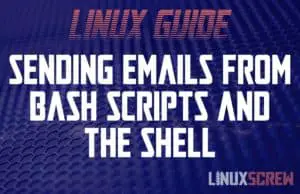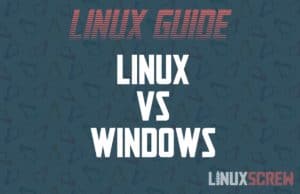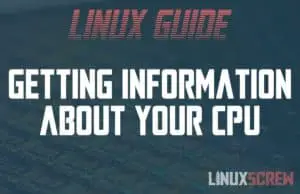Home » Linux
The Best, Easiest Way to Check Linux Memory Usage
Here are the quickest and easiest methods to check memory usage on your Linux system. If you find your home Linux machine is a bit sluggish or your web server keeps hanging, it’s worth checking whether anything is hogging your memory. It may be that a poorly-coded page is using up a disproportionate amount of system resources, or it may be that your computer or server doesn’t have enough RAM for the task assigned to it. Either way, these useful tools will help you diagnose … Read more





![Mount a USB Stick/Drive in Linux [HowTo, Tutorial] 10 Mount a USB Drive in Linux](https://cd.linuxscrew.com/wp-content/uploads/2021/06/mount-usb-drive-feature-300x194.jpg)



![tee Command in Linux - Split Shell Output [Examples] 14 Linux tee Command](https://cd.linuxscrew.com/wp-content/uploads/2021/06/linux-tee-feature-300x194.jpg)
